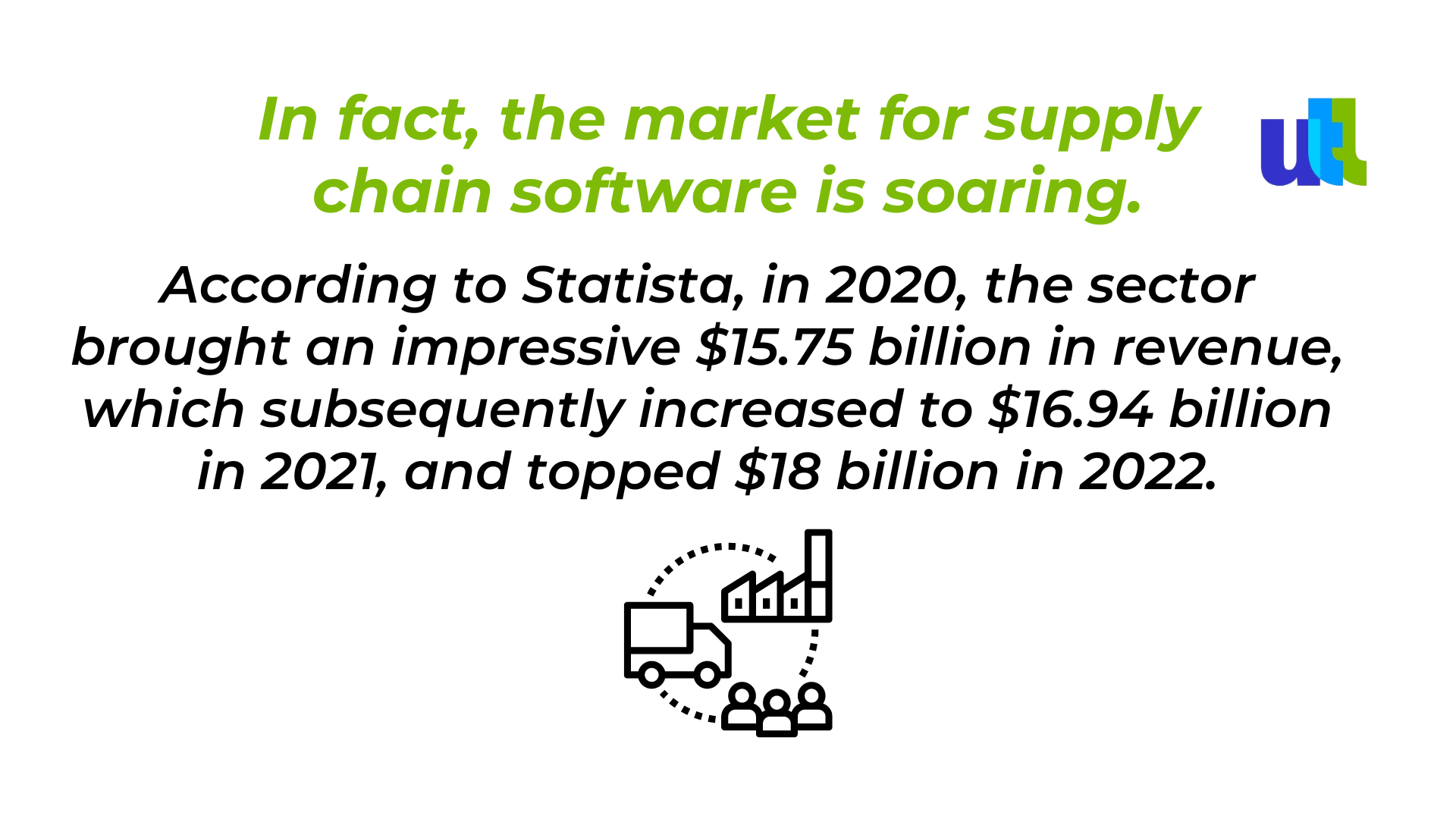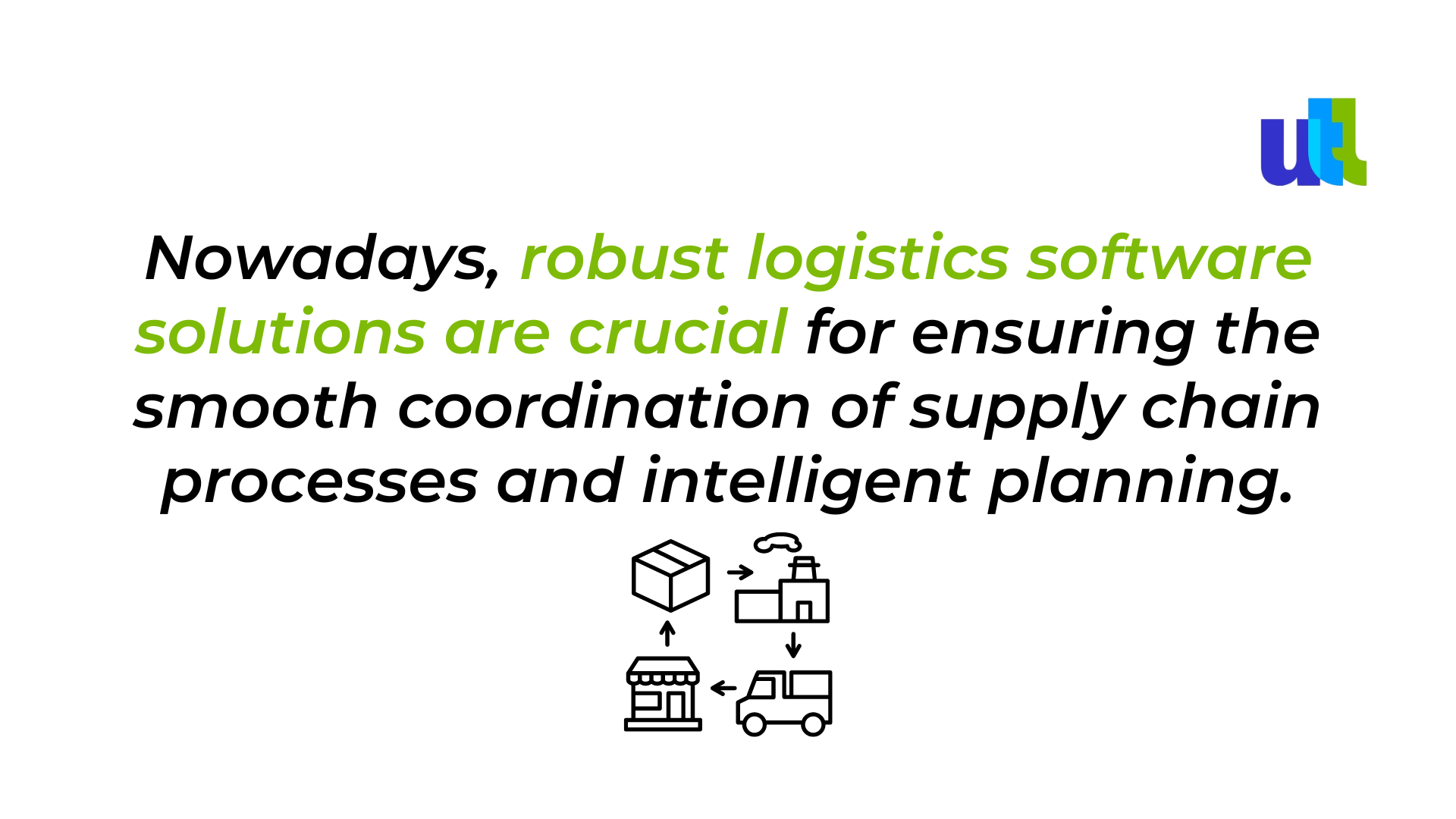Recent surveys have revealed that customers’ shopping habits have shifted a lot. In 2023, most of them freely choose to shop online and from other countries, especially when a product is not available in their home country or a particular offer is simply irresistible. And still, the main factors remain the same: costs (delivery, duties), and time.
The cross-border supply chain is the equivalent of a master orchestra as it involves the swift and refined coordination between different entities and parties touching a shipment, truck, or container. Cross-border moves can be complicated, requiring knowledge of security challenges, expertise in regulatory compliance, and customs brokerage. A small lack of expertise or attention can disrupt the cadence of the move, creating numerous and expensive delays. Furthermore, in recent years the competitive advantage in the logistics field has become highly dependable on the technological advancement and monitoring systems used.
Thus, global shipment and supply chain providers focus on technology investments to improve freight management and optimize transportation expenses. In search of engineers with industry expertise, logistics enterprises reach out to trusted tech vendors that help them monitor the processes in real-time.

Essentially, the shipping industry is now even more interested in future-proofing itself.
Challenges of Cross-Border Trade
Without a doubt, cross-border trade (or CBT) presents numerous opportunities for both physical and e-commerce companies, allowing them to sell their products globally. However, there are some obstacles to overcome before successfully establishing a foothold in the field.
- Lack of local market knowledge
Shopping and delivery trends differ by region, so it is critical to understand the various patterns, time frames, costs, preferred payment methods, and so on.
- Unproper order fulfillment
It appears to be difficult to fulfill all orders with a single courier partner. Finding trustful carriers and negotiating with them can be time-consuming, especially since international shipping requires cross-border expertise and legal knowledge.
- Documentation processes
Freighters must complete many loads and accurately state the classification, value, and country of origin of the products, and they must do so in several languages.
Keeping track of different paperwork requirements, regulations, compliances, etc. for each market is crucial, especially when multiple markets are involved.
If the documentation process is not carried out correctly before shipping, it most certainly will cause delays of days or weeks at customs, which will possibly result in unsatisfied clients not getting their refunds and original sellers arguing for the goods back.
- Additional charges
When establishing a business for the global market, you must invest in a variety of things that you would otherwise avoid. These include international marketing models, adding different languages, a currency converter, and so many more.
Still, the main challenge remains to manage the logistics itself. Finding great experts in the field is a big step, but even more important is to make sure they are open to exploring new ideas and constant improvement.
Best practices for cross-border logistics
1. Establish warehouses closer to the borders
It may seem obvious, but the closer you are positioned to the border, the easier and cheaper it is for you to move goods. Shipments can be made more frequently and all processes throughout the supply chain can be sped up by decreasing the distance that drivers have to travel each time to the border.
Furthermore, this may also result in your company being chosen more often than others for contracts and general purchases of goods in your industry.
2. Optimize transportation with the help of the latest technology
A Logistics Management System (software) can provide real-time information about all aspects of delivery and can assist with most logistics considerations including the optimization of routes and decreasing their overall costs.
These days, data and analytics have become a vital part of the decision-making and strategizing process that affects everything from inbound and outbound shipments to warehousing inventory and lot tracking. Logistics software can automatically gather all pieces of data and quickly send out and submit them as formatted documents to customs officials.
In a constantly evolving business environment, enterprises ought to adopt logistics software solutions with adequate built-in scalability and flexibility. With flexibility, businesses can rapidly adapt to market or customer-driven changes, and this is often of great help during the seasonal fluctuation of order volumes.
3. Taking Advantage of Last-Mile as A Service
Last-mile logistics will be a focus of change for companies in the years to come. It is a primary strength for a company looking to build its cross-border e-commerce activity, considering the growing consumer demands.
Some well-known factors do affect the level of distribution, while others are beyond the retailers' control (customer's location in relation to the warehouse or distribution center, the number of deliveries on a carrier's route, traffic while in transit, customer availability, etc.). Last-mile as a service is an essential aspect of a multi-faceted approach to logistics.
For seamless international logistics, enterprises need to engage with multiple vendors, obtain the best shipping rates, automate pre-shipment processes, track containers in real-time, manage invoices and payments, etc.
Bottom line
It is possible to achieve efficient logistics operations in different markets; nevertheless, it means designing optimal transportation models that consider the latest customs and transit regulations, and technology levels, while following transparency and visibility principles.

Logistics software provides a digital platform for a streamlined view of various processes, such as inventory, shipping, and delivery status of each consignment. With enhanced transparency and accessibility via logistics software solutions, businesses can deliver an unmatched experience to their customers.
- Reduction in freight cost by 12%
- Reduction in incidental expenses by 34%
- Decrease in last-mile delivery costs by 14%
- Increase in mid-mile vehicle utilization by 32%
- Increase in positive customer experience by 64%
For more information, please visit the official logistics solutions page of Utah Tech Labs.
For free consultation about cross-border logistics management click here.
----------------------------------------------------------------------------------------------
View the full presentation:
WRITTEN BY
Sofia Kutko
2023-04-27














































































































































































